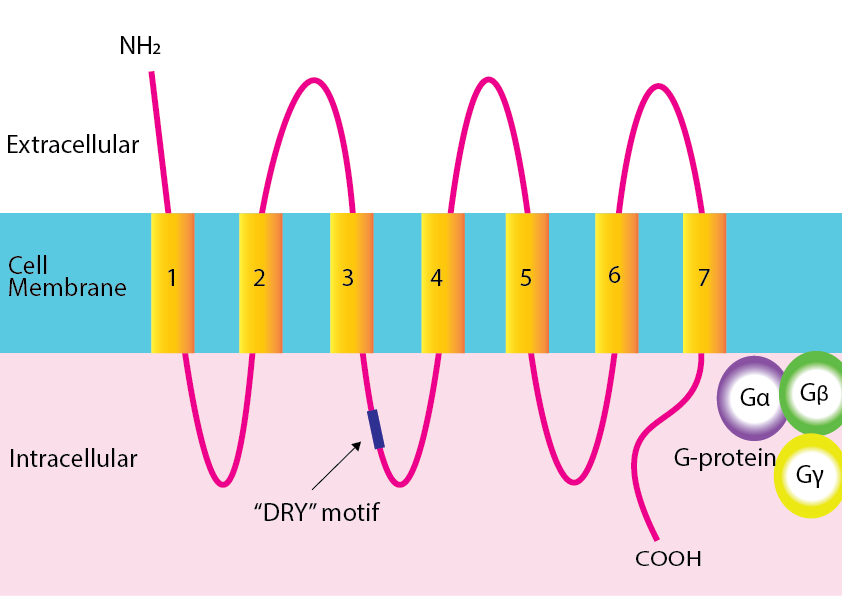You have no items in your shopping cart.
Chemokines
Chemokines, a subset of cytokines, are small proteins distinguished into four classes according to the number and arrangement of conserved L-Cysteine (C) residues at the N-terminal. These classes are labeled as C, CC, CXC, and CX3C. They function as chemoattractants, meaning they attract specific types of immune cells to the areas where they are needed.
Chemokines are produced by various cell types, including immune cells, endothelial cells, and fibroblasts. They bind to specific receptors on the surface of target cells, primarily leukocytes (white blood cells), and trigger a signaling cascade that leads to cell migration. The migration of immune cells mediated by chemokines is essential for immune surveillance, the initiation of immune responses against pathogens, and the resolution of inflammation.
Explore our range of popular Chemokines:
Chemokine-Chemokine Receptor Interaction

For a cell to react to a chemokine, it must have a corresponding chemokine receptor, which are G protein-coupled receptors (GPCRs) characterised by 7 transmembrane domains. These receptors are named based on the type of chemokines they bind to and their structural characteristics. Some of the well-known chemokine receptors include CXCR1, CXCR2, CCR1, CCR2, CCR5, CX3CR1, and CXCR4, among others.
This binding triggers intracellular signaling cascades, leading to cellular responses including changes in cell morphology and activation of migration pathways. Ultimately, these responses facilitate the directed migration, or chemotaxis, of immune cells towards higher concentrations of the chemokine, guiding them to specific tissue sites where they are needed most, such as areas of infection, inflammation, or tissue damage.
Explore our range of Chemokine receptors:
What is a Chemokine Storm?
A chemokine storm, also known as cytokine storm or hypercytokinemia, is an excessive and uncontrolled release of chemokines and other cytokines in the body. It occurs when the immune system overreacts to an infection, injury, or other stimuli, leading to an exaggerated inflammatory response. This excessive release of chemokines and cytokines can result in widespread inflammation, tissue damage, and organ dysfunction.
Chemokine storms are associated with severe and potentially life-threatening conditions, such as acute respiratory distress syndrome (ARDS), sepsis, and certain autoimmune diseases. They can lead to systemic inflammatory response syndrome (SIRS), multiple organ failure, and death if not properly managed.
Common triggers for a chemokine storm include severe viral infections (such as influenza, COVID-19, or Ebola), bacterial infections, autoimmune diseases, certain cancer treatments (such as chimeric antigen receptor T-cell therapy), and other immune system disorders.
Exploring the mechanisms behind chemokine storms and crafting targeted treatments to regulate the immune response are vibrant fields of research directed at enhancing outcomes for individuals afflicted by this significant immune dysfunction.

.png)